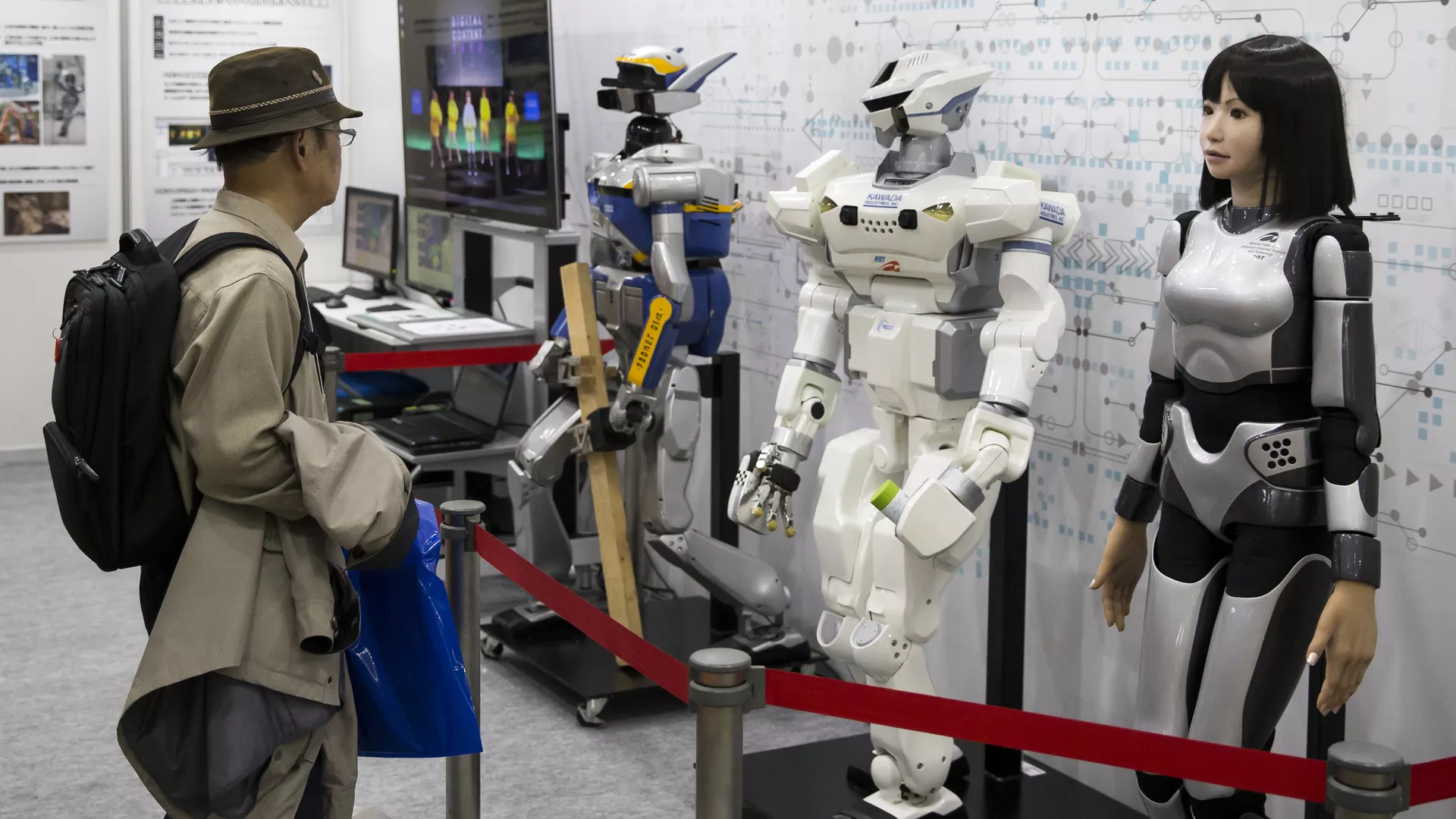The term robotics was first used by Isaac Asimov in his novel, Runaround. The word was then interpreted to mean “the science of electrical devices and robots”. Asimov’s theory of the Three Laws of Robotics was introduced in this novel. The idea behind the term robotics grew and evolved over time, with various applications. Today, robotics is widely used in manufacturing and in science fiction, as well as in movies.
Currently, robots can mimic the actions of humans by imitating their movements. This technology is useful in various situations, including dangerous ones such as the mines, factories, and emergency situations. Robots can be made to look just like humans, which many claim helps them mimic human actions. Some robots are even capable of mimicking the behavior of a human, including walking, lifting, speech, and cognition. While these types of robots aren’t yet capable of performing many tasks, they do perform many more tasks than a human can. Advanced sensor technologies will enable robots to perform tasks with higher precision.
Advanced sensor technologies will allow robots to perform tasks such as cutting gemstones and painting electronic circuits on surfaces. As more robots become more advanced, the ability to perform complex tasks will increase. The future of robotics is bright. A robot that can do anything, whether it is picking up rocks or assembling electronic devices, will change our lives. This is not to say that robotics is going away anytime soon, but it is here to stay.

Whether robots are used in manufacturing or service industries depends on the industry and the wage levels in that country. The automotive industry is the highest demand for robots. This industry accounts for thirty to sixty percent of total global robot adoption. Although China has the highest robot adoption rates, many of the lagging nations have a robust automotive industry. With the rise of global manufacturing, robot adoption has also increased. It is expected that robotics will play a larger role in manufacturing in the next decade.
Despite recent findings about ethical issues related to robotics, the debate continues. Recent research by Lin et al. highlights the need for value-sensitive design when designing robotic systems. This design process involves three phases. In the first phase, robot designers take into account the value of humans. Secondly, the robot designer must consider how it affects the lives of people in the future. These three phases should be carried out in parallel to the development of robotics.
The next step is the development of a control program for a robot. The robotic systems are controlled by computers and programs. Robotic programs must be detailed enough to list all steps required to complete a specific task. A robot’s commands are similar to a human’s. To develop a robotic software program, designers must prepare flowcharts of basic movements. After identifying these steps, programmers break them down into smaller steps and write them in a computer language.





